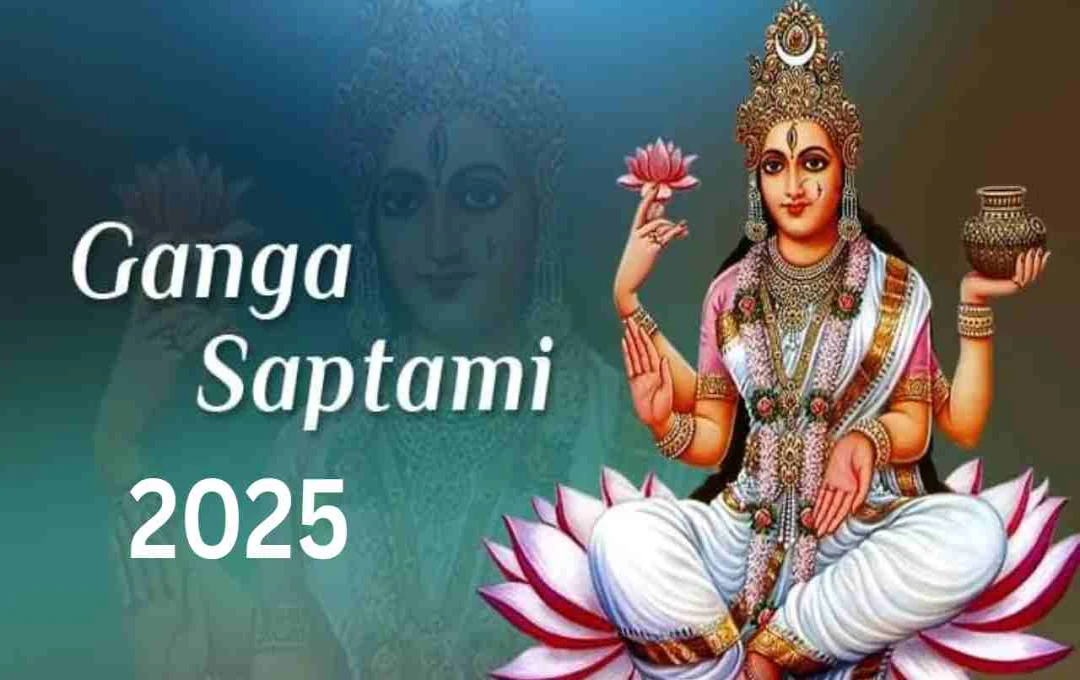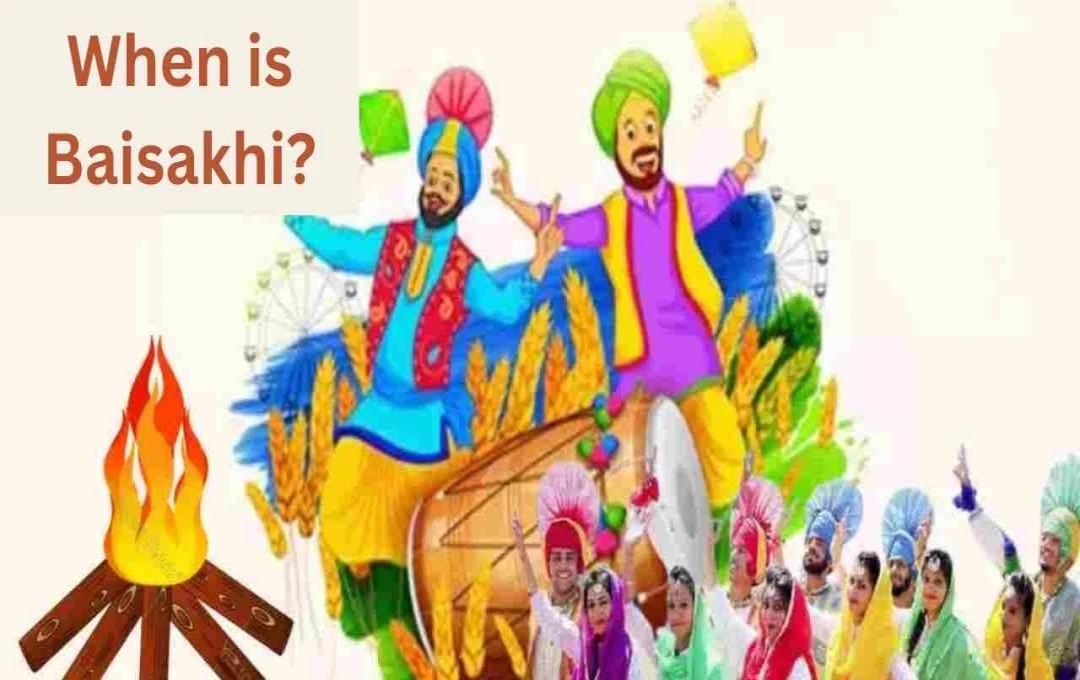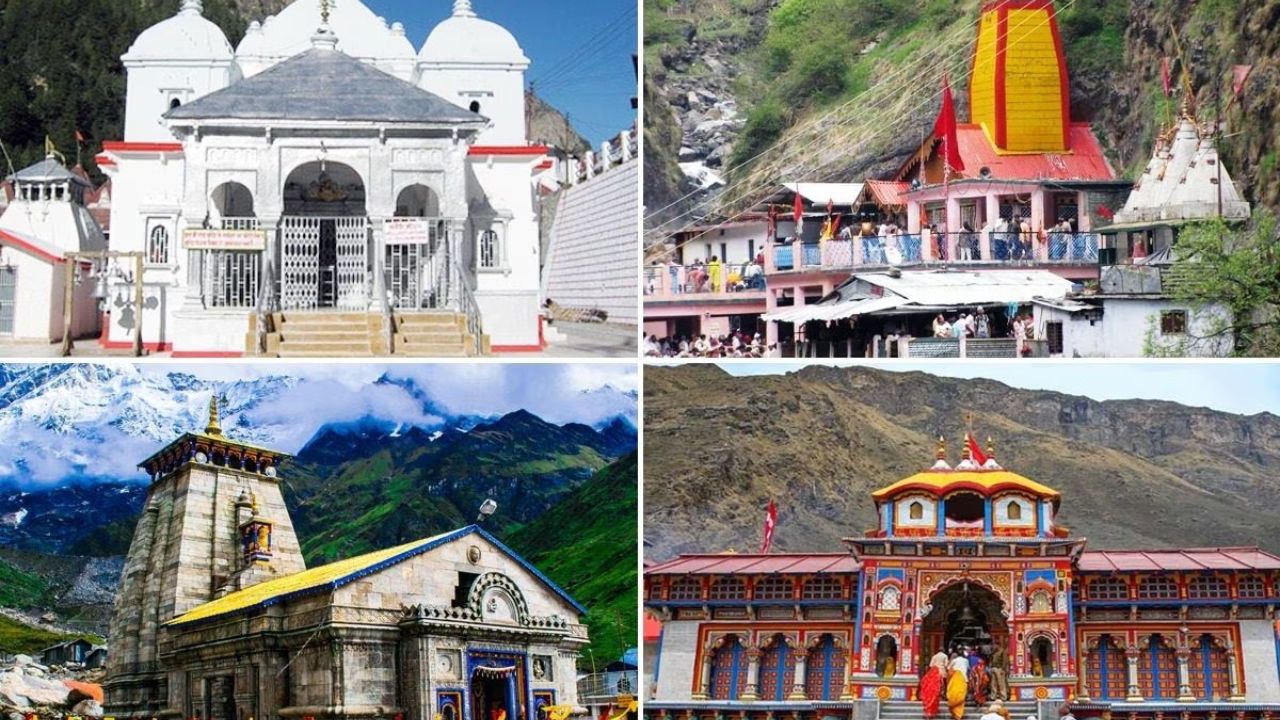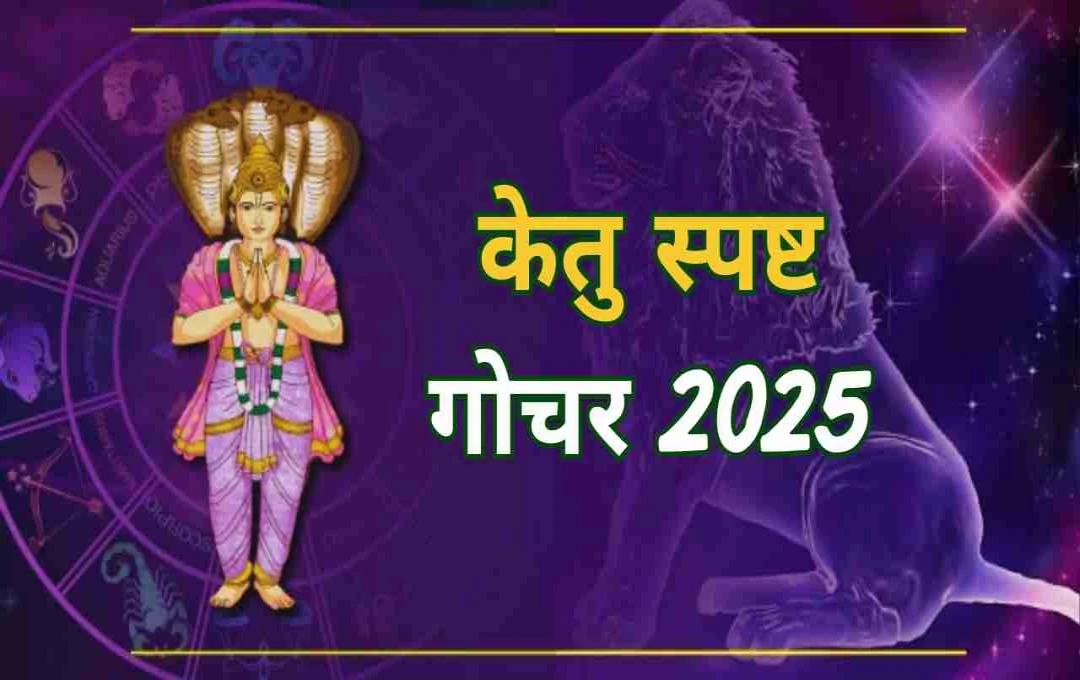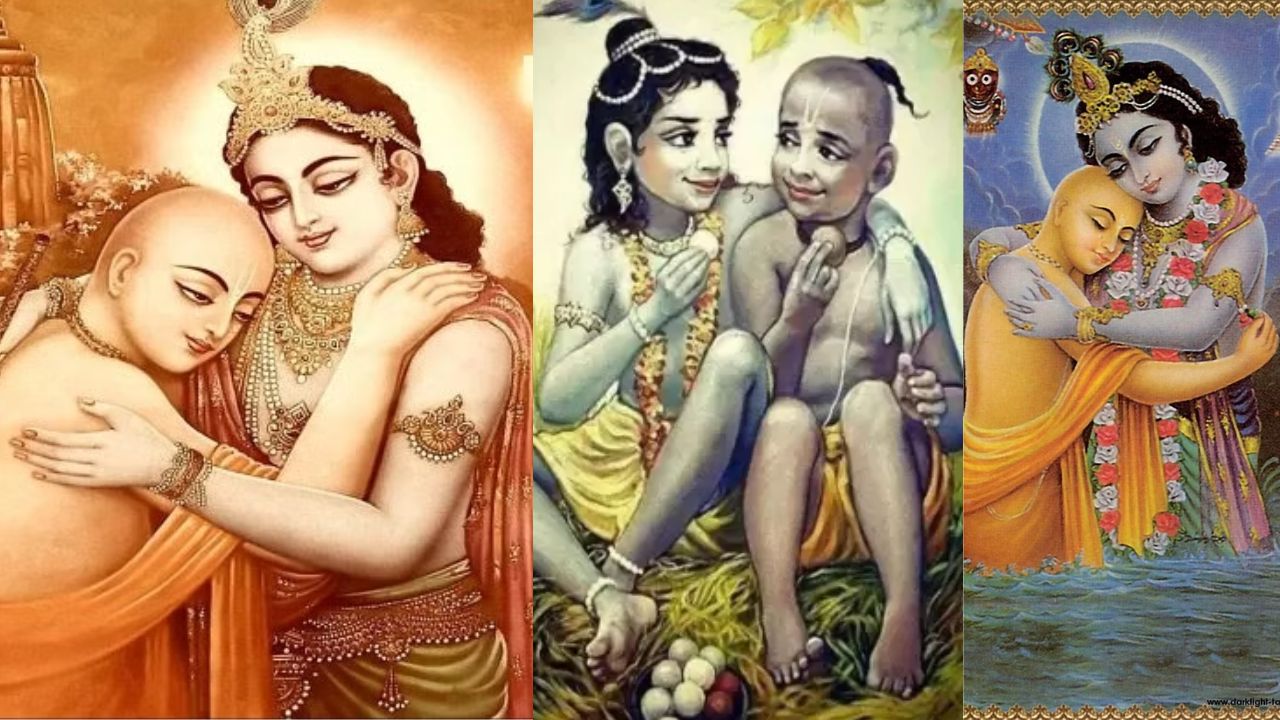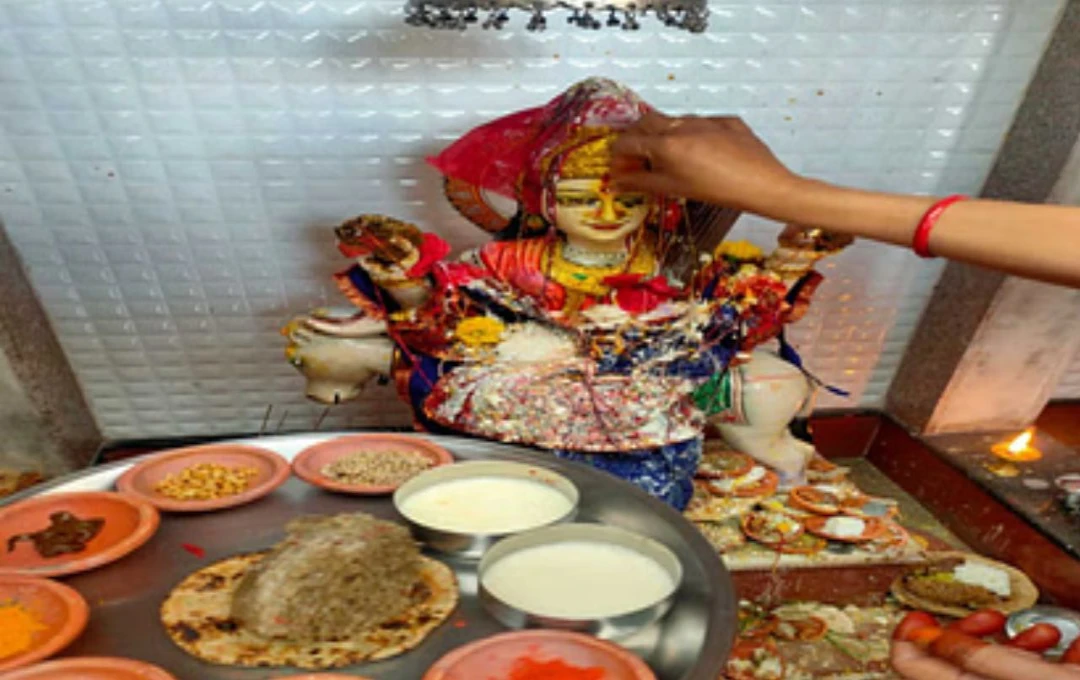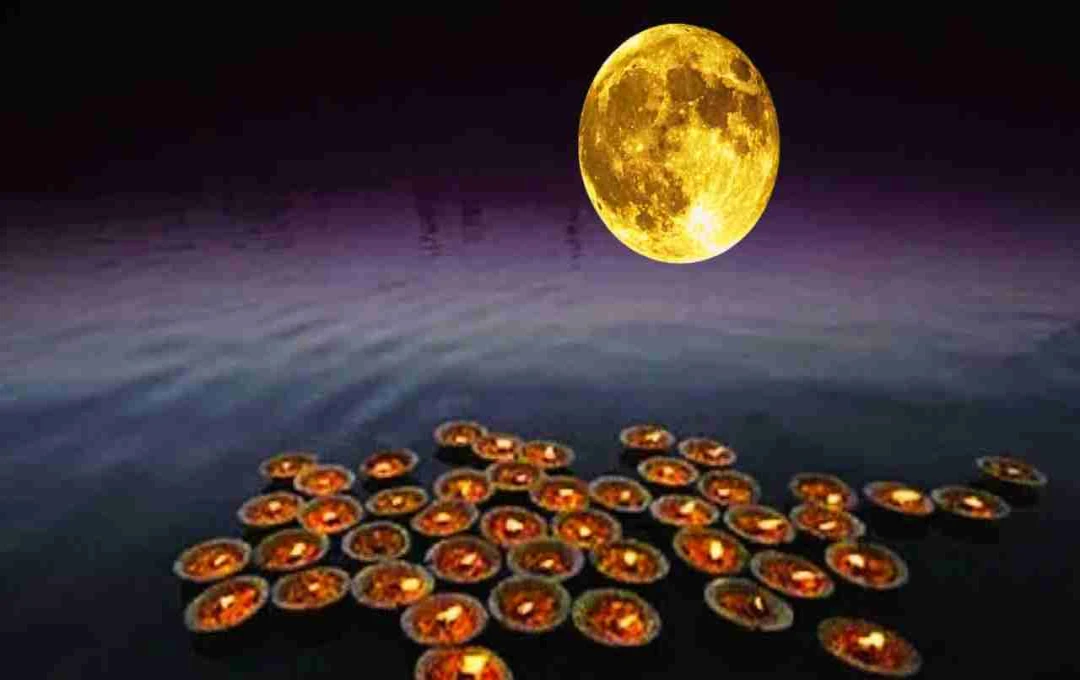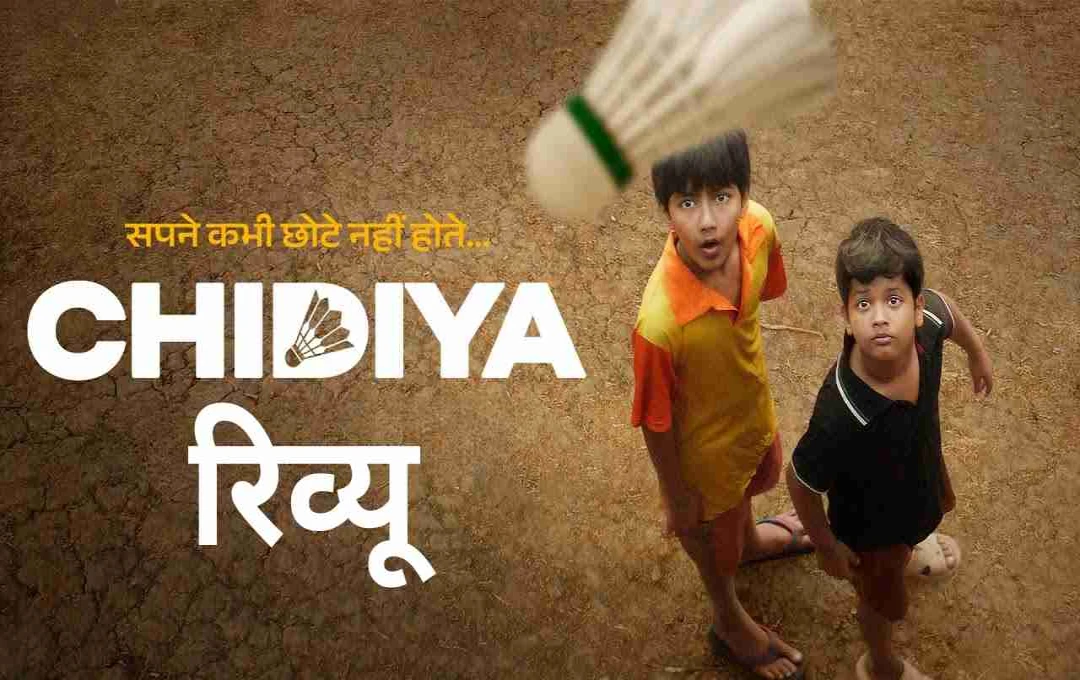In Sanātana Dharma, the Ganges River is not merely a body of water; it is revered as a symbol of faith, purity, and liberation (moksha). It is believed that bathing in the Ganges' waters washes away all sins and bestows spiritual merit. Ganga Saptami, a festival commemorating the descent of Mother Ganga to Earth, is celebrated annually on the seventh day of the bright fortnight (Shukla Paksha) in the Vaisakha month. In 2025, this festival will be observed on May 3rd. On this day, bathing in the Ganges, charitable giving (daan), and the formal worship of Goddess Ganga hold special significance.
Religious Significance of Ganga Saptami
According to mythological beliefs, sixty thousand sons of King Sagara perished in the ashram of Kapila Muni. To secure their liberation (moksha), King Bhagiratha performed severe penance and pleased Lord Brahma, receiving the boon of bringing the Ganga to Earth. However, the Earth could not withstand the force of the Ganga's flow. Therefore, Lord Shiva held the Ganga in his matted locks, releasing her gradually onto the Earth. This day is celebrated as Ganga Saptami, marking Mother Ganga's descent from heaven to Earth.
Ganga Saptami 2025 Date and Auspicious Muhurat
According to the Hindu Panchang, in 2025, the Saptami Tithi of the Shukla Paksha in the Vaisakha month begins at 7:51 AM on May 3rd and ends at 4:18 AM on May 4th. According to Udaya Tithi, Ganga Saptami will be celebrated on May 3rd.
Auspicious Muhurat for Ganga Snaan (Bathing)
- 10:58 AM to 1:38 PM
Bathing in the Ganges during this period is believed to yield exceptional spiritual merit.
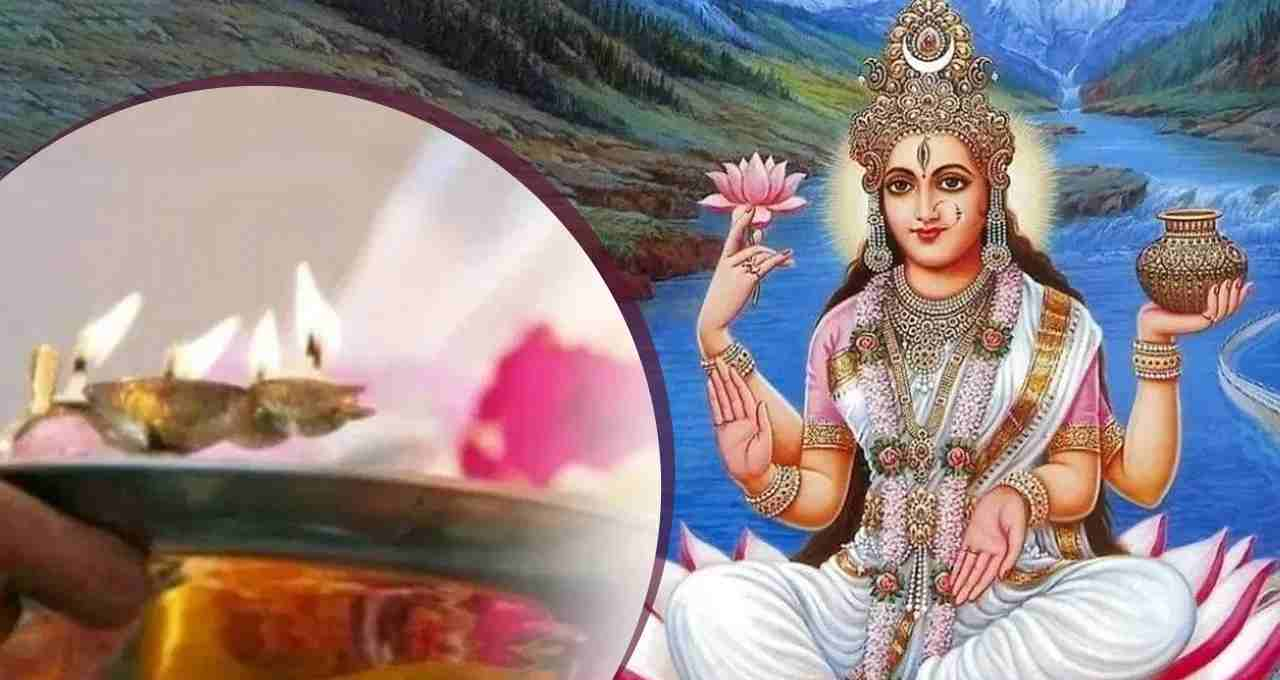
Special Yogas Forming on Ganga Saptami
- Three highly auspicious yogas coincide with Ganga Saptami 2025, enhancing the festival's significance:
- Tripushkar Yoga: Auspicious actions performed during this yoga yield threefold results. Bathing in the Ganges and donating during this time grants significantly increased merit.
- Ravi Yoga: This yoga eliminates negativity and promotes mental peace.
- Shiva Vasa Yoga: Worship of Lord Shiva during this yoga is considered particularly fruitful. Abhisheka (ritual bathing) of Shiva Lingam with Ganges water is especially beneficial.
Auspicious Times and Muhurats
- Sunrise: 5:39 AM
- Sunset: 6:58 PM
- Brahma Muhurat: 4:13 AM to 4:56 AM
- Vijaya Muhurat: 2:31 PM to 3:25 PM
- Godhuli Muhurat: 6:56 PM to 7:18 PM
- Nishita Kaal: 11:56 PM to 12:34 AM
Ganga Saptami Puja Vidhi (Rituals)
- On Ganga Saptami, rise early in the Brahma Muhurat and bathe.
- Bathing at the banks of the Ganges River is considered best; if not possible, bathe at home using Ganges water.
- Offer flowers, Akshat (unbroken rice grains), incense, and a lamp to the image or deity of Mother Ganga and recite the Ganga Ashtak, Ganga Lahari, or Ganga Stotra.
- Thereafter, donate food, clothes, and Dakshina (offering) to Brahmins. Abhisheka of the Shiva Lingam with Ganges water is especially fruitful.
The Story of Ganga Saptami (Ganga Saptami Ki Kahani)

Long ago, King Sagara of the Ikshvaku dynasty ruled Ayodhya. King Sagara performed an Ashvamedha Yagna (horse sacrifice), during which Indra, the king of the gods, stole the sacrificial horse and tethered it to the ashram of Kapila Muni. King Sagara sent his 60,000 sons to search for the horse. They discovered the horse in Kapila Muni's ashram. The Muni was meditating, but the sons, mistaking him for a thief, showed him disrespect. Angered, Kapila Muni reduced them to ashes. Their bodies were destroyed, and their souls wandered as ghosts.
Raja Bhagiratha, a descendant of King Sagara, was deeply saddened upon learning of this event. He resolved to liberate his ancestors and performed intense penance in the Himalayas. His aim was to bring Mother Ganga to Earth so that her waters could purify the ashes of his ancestors and grant them moksha.
Pleased by Raja Bhagiratha's penance, Mother Ganga appeared and promised to descend to Earth. However, she warned that her powerful current would overwhelm the Earth. Therefore, Raja Bhagiratha performed penance to Lord Shiva, requesting him to restrain the Ganga's flow in his matted locks and release her gradually onto the Earth.
Lord Shiva granted his prayer. When Mother Ganga descended from heaven, Lord Shiva caught her in his locks and then released her as a gentle stream.
Significance of Ganges Water
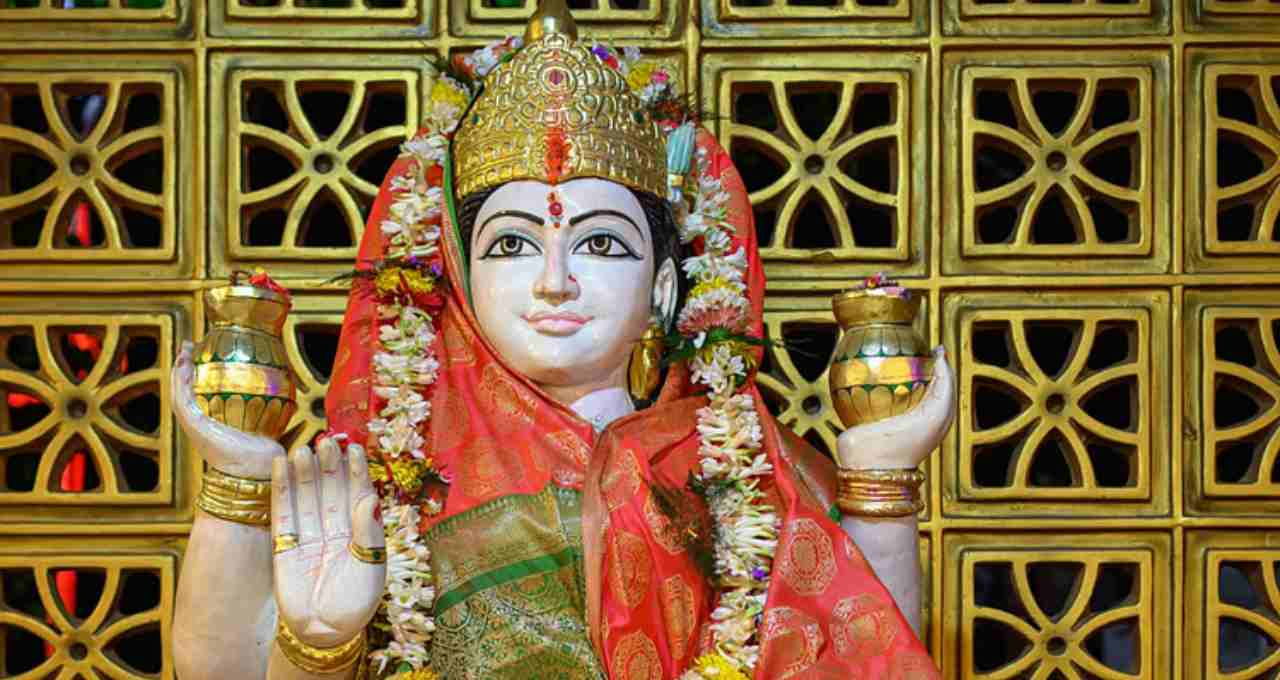
Ganges water is considered equivalent to nectar. It is not only used in religious rituals but also possesses disease-fighting properties from a scientific perspective. The Ganges water has a unique antibacterial property that prevents the growth of any kind of dirt for years.
It is believed that on this day, worshiping Mother Ganga and bathing in her waters liberates a person from all the sins of life and paves the way for moksha. If Ganges water is brought home on this day and kept at the place of worship, it is believed to fill the house with positive energy.
